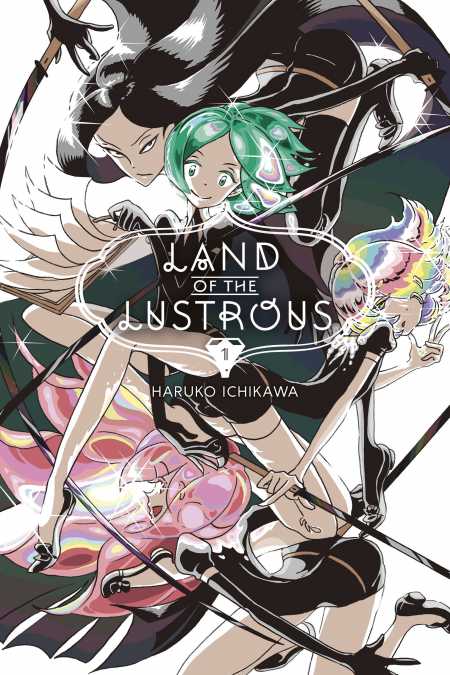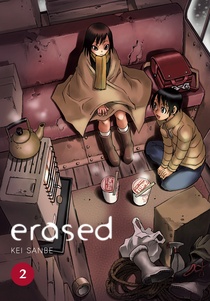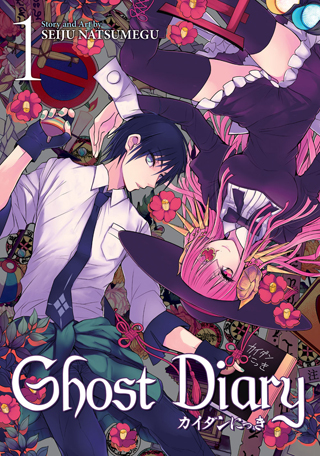My News and Reviews Things are more or less back on regular schedule here at Experiments in Manga which means last week I posted the Bookshelf Overload for June. It was a relatively small month, …
Continue Reading about My Week in Manga: July 10-July 16, 2017 →



